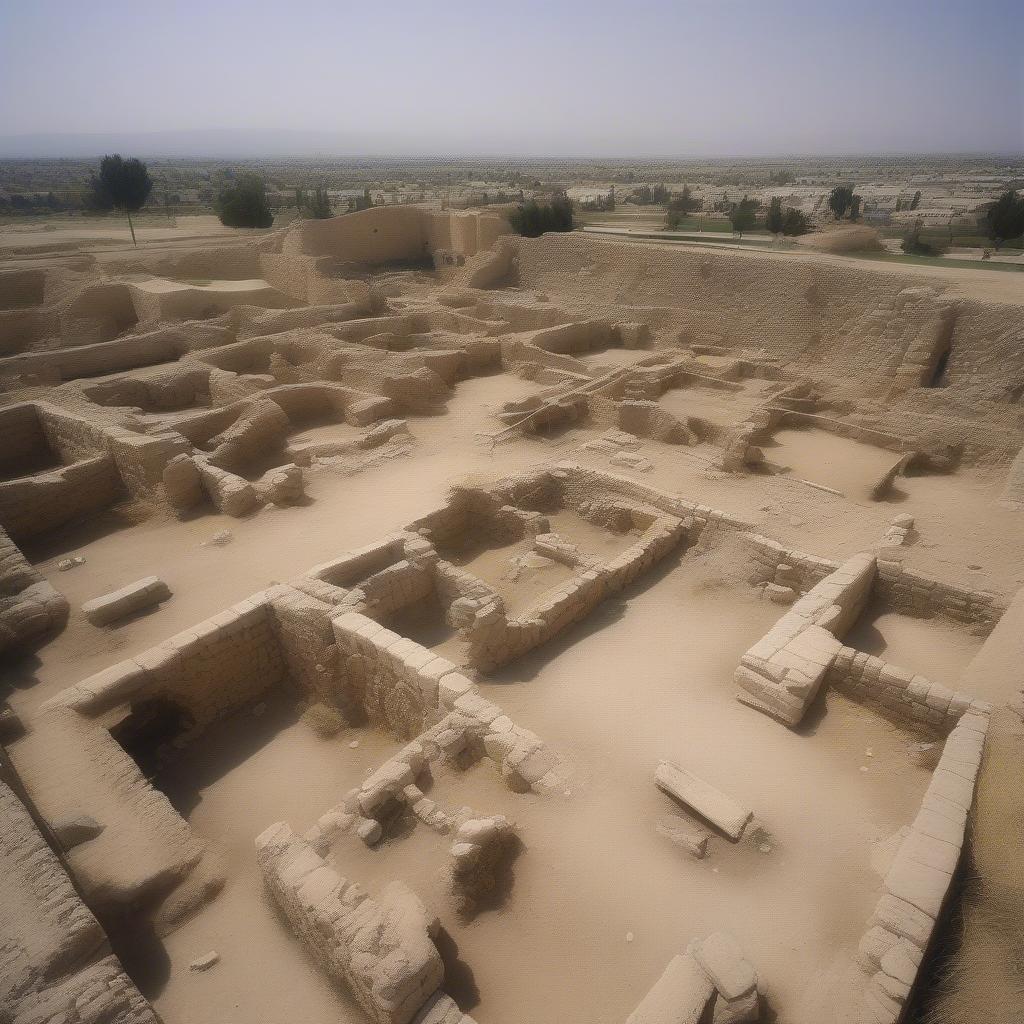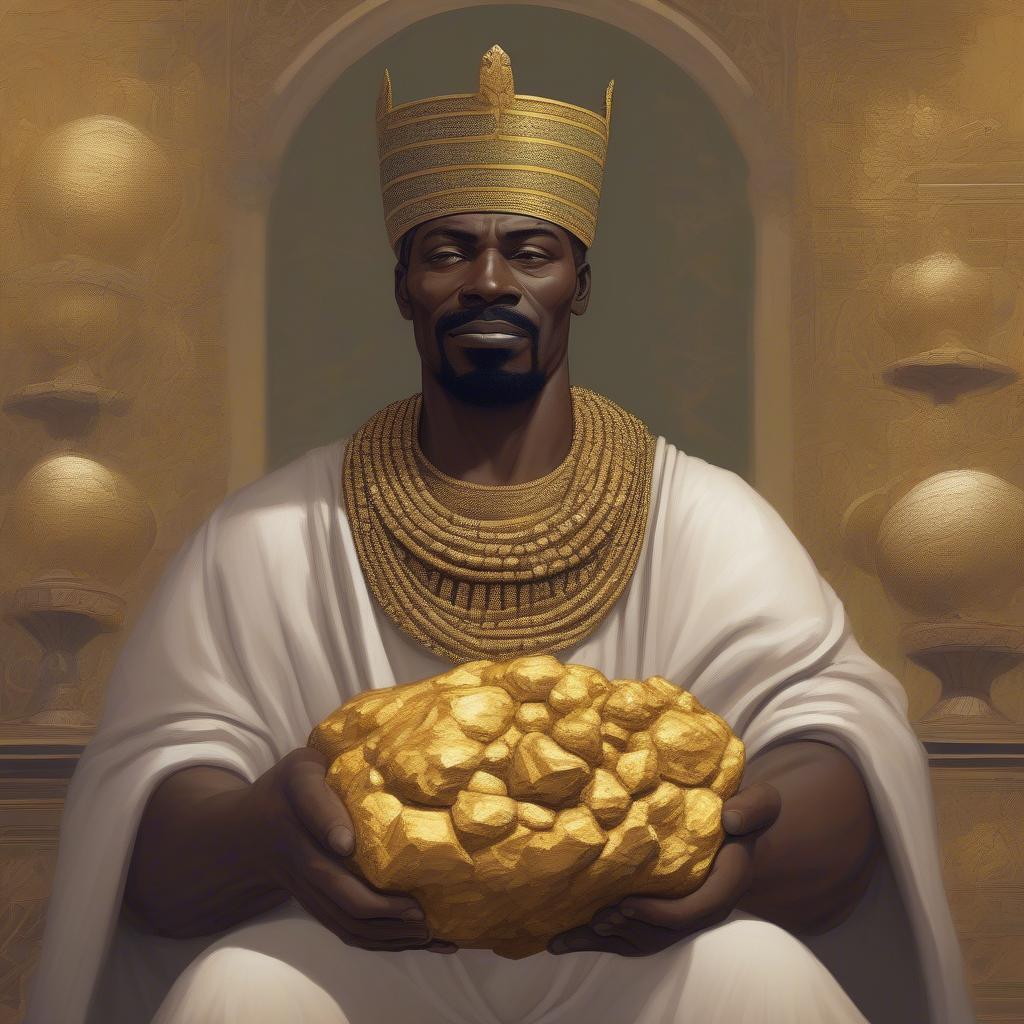
The question of “Who Was In Israel First” delves deep into the fascinating and complex history of a region that has been a crossroads of civilizations for millennia. The answer isn’t a simple one, as the land we know today as Israel has been home to a succession of different peoples and cultures, each leaving their mark on its landscape and heritage. To truly understand who was in Israel first, we must journey back through time, exploring archaeological evidence and historical records to uncover the layers of human habitation that have shaped this ancient land.
Table Content:
The Earliest Inhabitants: Prehistoric Settlements in Israel
Archaeological discoveries paint a picture of human presence in the region dating back as far as the Paleolithic era, hundreds of thousands of years ago. Sites like the Qesem Cave near Tel Aviv offer evidence of early hominid activity, suggesting that the land was inhabited by our distant ancestors long before recorded history. These early inhabitants were hunter-gatherers, leaving behind flint tools and other artifacts that provide glimpses into their way of life.
As we move into the Neolithic period, around 10,000 BCE, we see the emergence of settled agricultural communities. Jericho, located in the West Bank, is considered one of the oldest continuously inhabited cities in the world, with evidence of settlement dating back to this period. These early agricultural societies laid the foundation for the development of more complex civilizations that would follow.
 Early Agricultural Settlements in Jericho, Israel
Early Agricultural Settlements in Jericho, Israel
The Canaanites: A Foundational Civilization
By the Bronze Age, around 3000 BCE, a group known as the Canaanites had established a thriving civilization in the land. The Canaanites were a Semitic people who built city-states, developed advanced agricultural techniques, and engaged in trade throughout the region. Their culture and religious practices would significantly influence the later Israelite civilization. Archaeological findings, including pottery, inscriptions, and city remains, provide valuable insights into the Canaanite world. They were skilled craftsmen, creating intricate jewelry and pottery, and their religious beliefs centered on a pantheon of gods and goddesses.
The Arrival of the Israelites
The narrative of the Israelites’ arrival in the land, as described in the Hebrew Bible, tells of their patriarch Abraham migrating from Mesopotamia and settling in Canaan. Subsequent generations, including Moses and Joshua, led the Israelites out of slavery in Egypt and into the Promised Land. While the biblical account provides a foundational narrative for Jewish history and identity, the archaeological evidence for this period is subject to ongoing debate and interpretation.
 Ancient Canaanite City Ruins in Israel
Ancient Canaanite City Ruins in Israel
The Philistines: Seafaring Raiders and Settlers
Around the same time as the Israelites were establishing themselves in the land, another group, the Philistines, arrived on the scene. These seafaring people, believed to have originated from the Aegean region, settled along the Mediterranean coast. The Philistines were known for their advanced military technology, particularly their use of iron weapons. They often clashed with the Israelites, and their conflicts are documented in the biblical books of Judges and Samuel. Archaeological discoveries have shed light on Philistine culture, revealing distinctive pottery styles, burial practices, and architectural features.
A Land of Continual Change: Empires and Influences
Over the centuries that followed, the land of Israel came under the control of various empires, including the Assyrians, Babylonians, Persians, Greeks, and Romans. Each of these empires left its mark on the region’s culture, language, and architecture. The presence of who is king david shaped the history of the region significantly. Under his rule, Israel became a united and powerful kingdom. You can learn more about the first king of Israel in this article: who was the first king of israel. This continuous interplay of cultures and influences contributed to the rich and diverse tapestry of the region’s history. Similar to the conflict in 2023, you can read more about it here: who attacked first israel or palestine 2023, historical disputes have shaped the geopolitical landscape of the region. To understand the current political climate, it’s helpful to know who leads the nation. Learn more about who is the president of israel.
 Roman Era Architecture in Caesarea, Israel
Roman Era Architecture in Caesarea, Israel
Conclusion: Layers of History in the Holy Land
The question of “who was in Israel first” leads us on a journey through a multifaceted history spanning millennia. From prehistoric hunter-gatherers to the Canaanites, Israelites, Philistines, and the succession of empires that followed, each group has contributed to the unique cultural and historical landscape of this land. Understanding this complex past is crucial for comprehending the present and future of the region. For a deeper understanding of the religious heritage, exploring the who were the twelve patriarchs of israel catholic can provide valuable insights. The land continues to be a place of profound historical and cultural significance, with each layer of its past adding to its enduring fascination.
